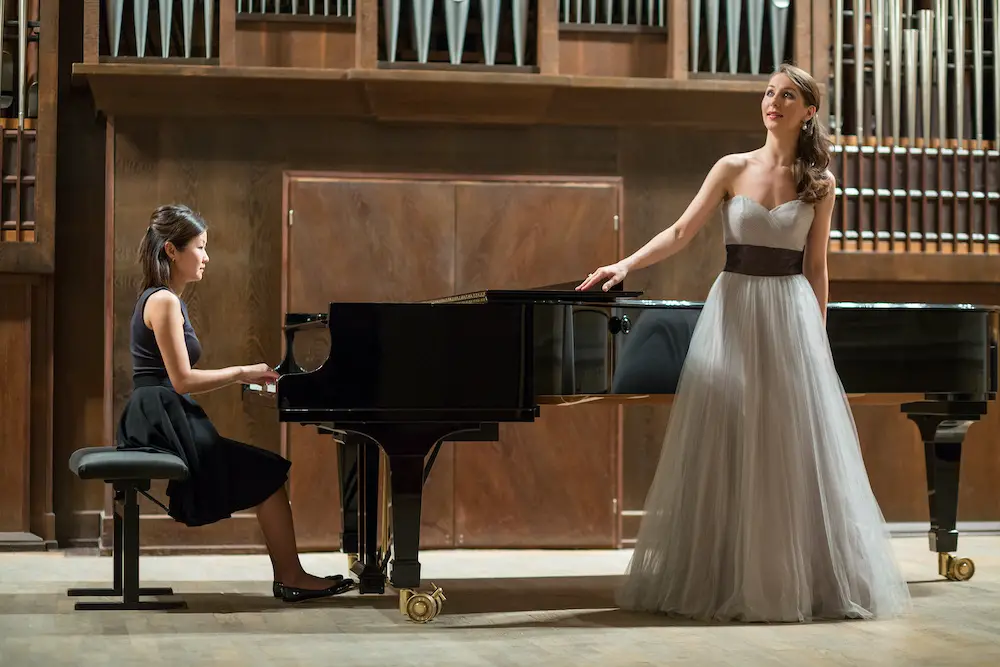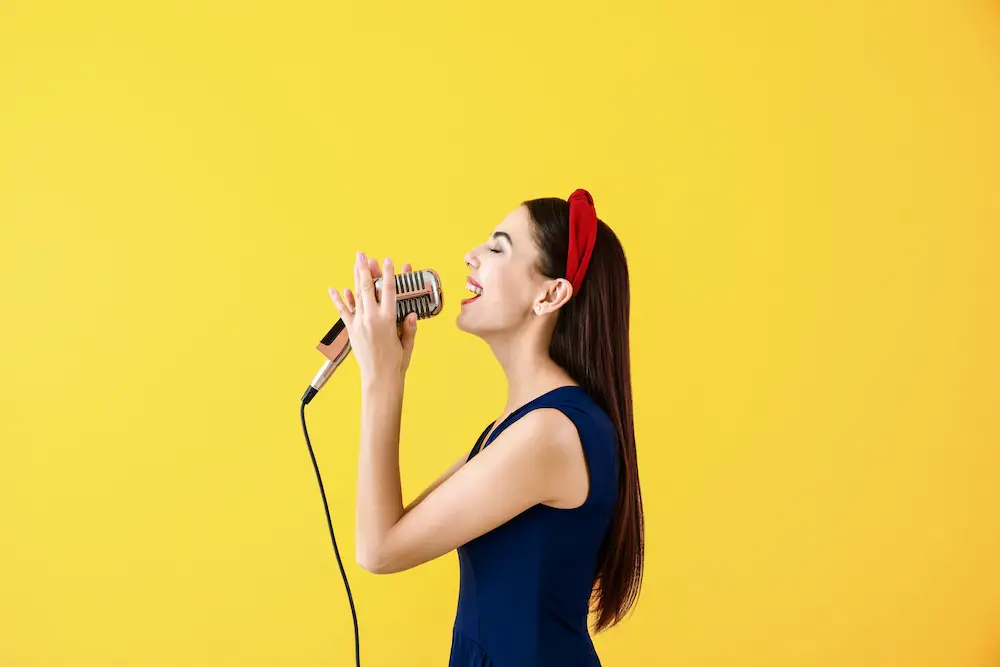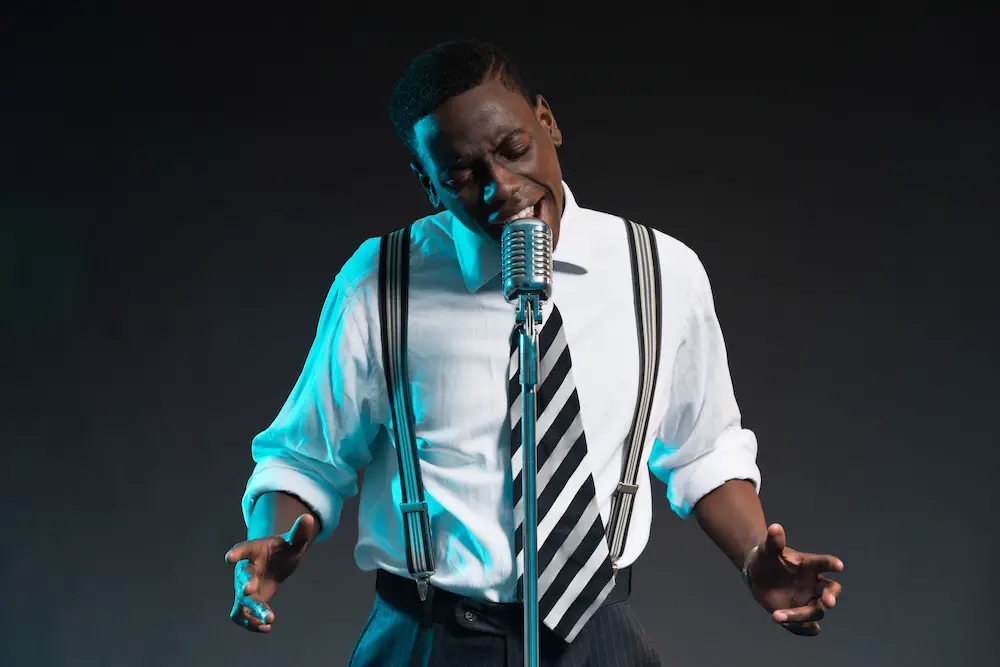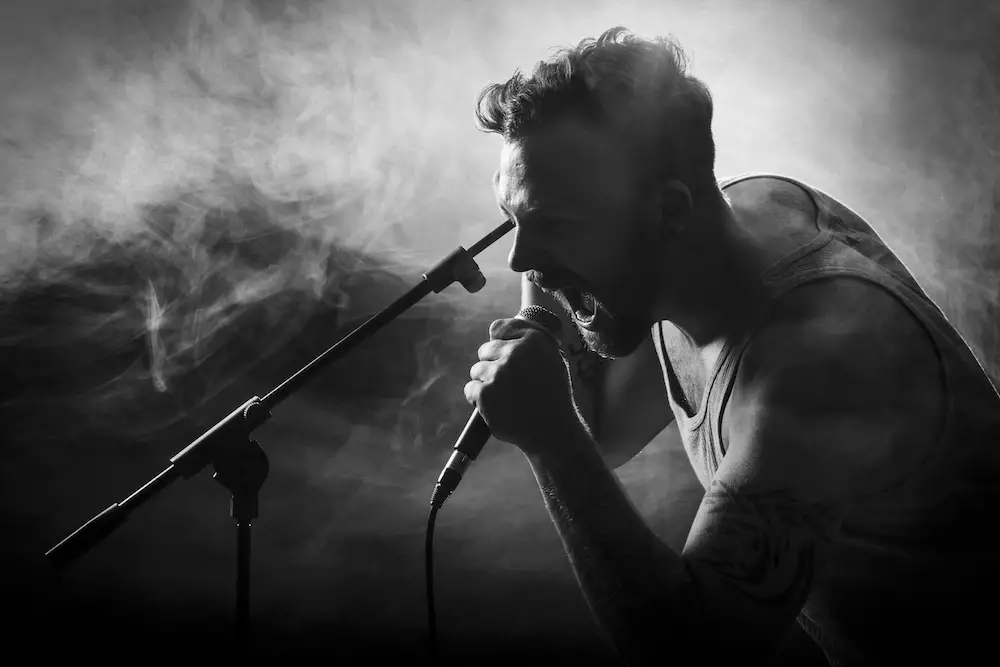
Your Singing Resource
Learn to Sing!
Whether you're just starting or looking to improve, our singing guides are here to help!



What Language Is Opera Sung In: The Rich Linguistic History of Opera

How to Sing Opera: Five Tips You Need to Know

How Do You Find Trending Songs on TikTok: A Detailed Guide

How to Get Famous on TikTok: Our Top Seven Tips

Country Songs About Summer You Should Listen To

Proper Singing Techniques You Should Learn and Master

How to Sing Jazz Like a Pro

How to Sing and Play Guitar at the Same Time: Beginner Tips

How to Sing Like Freddie Mercury: Tips to Sing Like a Legend

How to Sing Like Ariana Grande

Types of Singing Voices

Vocal Warm Up Exercises

How to Find Your Vocal Range

How to Strengthen Vocal Cords: Basic Exercises

Sore Throat From Singing: 10 Basic Methods to Avoid It

Best Songs to Sing Acapella

